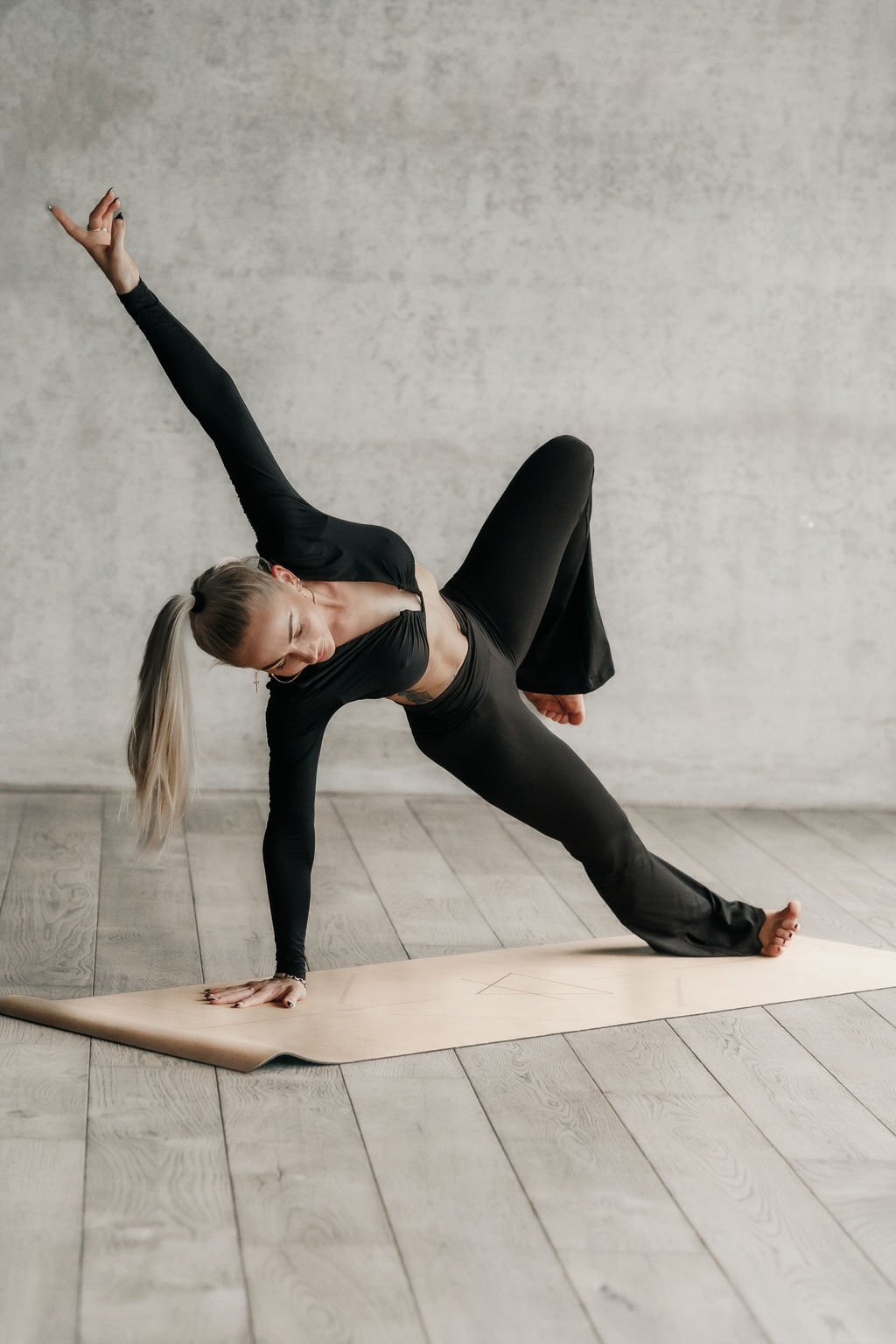Know what to expect: See how Hot Yoga can be a great alternative to Bikram Yoga
As we know, within the world of yoga, there are many different styles and ways to practice. Often, it can be hard to know exactly what the difference between the yoga styles is and which one fits your individual style, needs and preferences.
At Dóttir Hot Yoga Studio, all of our classes are performed in infrared heated rooms, and within the world of heated yoga practices, there are two main styles: Bikram and Hot Yoga. However, there are some key differences between the two styles that can be useful to be aware of before starting your practise.
What is Bikram Yoga?
Bikram Yoga was developed by Bikram Choudhury in the 1970s. Bikram Yoga gained a lot of popularity across the world in the 1980s, however, the practice has lost a lot of followers due to serious assault accusations against Bikram himself. That said, there are still many studios that offer specific Bikram Yoga classes, which is why it can be useful to know some of the main differences between this practice, and what we teach at Dóttir studios.
Bikram Yoga consists of a series of 26 postures and two breathing exercises that are performed in a room that is always heated to 40 degrees Celsius with a humidity of 40%. The classes are always 90 minutes long and are led by a yoga teacher specifically certified for Bikram Yoga. In that way, the classes will always be the same, and the atmosphere is often more serious with no music or interaction between students.
What is the difference between Bikram Yoga and Hot Yoga?
While Bikram Yoga is also performed in a heated room, there are many differences to be aware of between this specific style of yoga, and the infrared heated yoga classes we offer at Dóttir Hot Yoga.
Hot Yoga refers to any style of yoga that is performed in a heated room, which can include for example Hatha, Vinyasa or Yin. While the temperature and humidity may vary depending on the style, most classes are held in rooms that are heated between 32 and 40 degrees Celsius. Typically, the classes follow a diverse sequence of yoga poses, with fluid movements, a conscious focus on the breath, with soft music playing during the class. Teachers of Hot Yoga need to be certified as teachers, however, their certified style of yoga may vary, bringing more diversity to the class.
What can I expect from a class at Dóttir?
As opposed to Bikram Yoga, the hot yoga classes at Dóttir are heated using infrared heaters that are set between 32 and 37 degrees Celsius. This is because we never want to heat the rooms above body temperature, as it makes the class more pleasant for beginners, while also providing all the great benefits of a heated yoga practice.
Practicing in a heated room offers many additional benefits such as increased flexibility and lung capacity, while being a more intense workout overall. And some of what our students love the most is the frozen towel and the fresh juice shot they get rewarded with at the end of each class, along with the invitation to jump in the sea right outside our studios to cool off.
More so, we want to offer an inclusive and diverse practice, where our students have many different types of classes to choose from: from traditional Hatha, dynamic Vinyasa and relaxing Yin, to mixed classes that are great for beginners, or classes that focus on strength training and mobility. This way, our students can take their time to find a style that works for them, while also having the option to try other classes when they feel like it.
Why should I choose to practice at Dóttir over Bikram?
All the different styles of yoga have their own benefits, and finding the best style for you will depend on your personal preferences and what you would like to gain from practising. That said, if you are already a Bikram enthusiast, there are many reasons why practising Hot Yoga could be right for you:
Improved flexibility: Stretching in a hot room allows you to stretch further and can improve your flexibility quicker than traditional yoga, and often, the teacher allows more time for you to get into a pose during a Hot Yoga class, compared to Bikram.
Variation: If you enjoy variation and different class styles, over the rigid style of Bikram, Hot Yoga could be well-suited for you as the sequence changes each time.
Inclusivity: Hot Yoga is often more relaxed than Bikram, so if you are new to yoga and would like a more inclusive and flexible practice, various styles of Hot Yoga are beneficial.
Comfortably heated room: Practising yoga in a heated room makes you burn calories quicker than traditional yoga, however, our classes are never heated above body temperature, compared to Bikram.
Teaching style: As opposed to specific Bikram training, our teachers have an extensive background with trainings in different yoga styles, therapies and breathwork, which reflects in their teaching style and classes.
Duration: In comparison to Bikram yoga classes that are always 90 minutes long, our classes vary in duration, from express 45 minute classes to 60-75 minute classes, which makes it more accessible depending on your daily schedule.
At the end of the day, the most important thing is to find a yoga practice that you enjoy and that works for your body and lifestyle. Want to read more about the types of classes we offer at Dóttir? Click here.


